
The first three minutes of his film Carne included the real slitting of a horse’s neck, real images of child-birth and a young girl on a rocking horse which later becomes ingrained in a surreal fantasy of his characters desire for incestual sex with her. He also included his own masturbating whilst on cocaine in Irreversible and he happily criticised the hugely controversial Lars Von Trier and his actors for being too tame in Nymphomaniac. Gaspar Noe is one of a kind.
The Argentine-French director has become one of the most recognisable auteurs in the world, his brave and unflinching graphics of sex and violence, his disorientating, pounding soundtracks and his psychedelic visuals have created one of the most distinctive filmographies in cinema.
Noe’s filmography is as controversial as it is minimal, in the 21 years since the initial release of his first film, I Stand Alone, he’s only gone on to release four more feature films. Yet, each are as fresh, experimental and contentious as the one before. If for nothing else, Noe can be celebrated for delivering originality into a medium which often feels like it has exhausted possibility for authentic innovation.
His films commonly consist of graphic images and references to incest, murder, rape and paedophilia; his extremity has no bounds. For many, his films are too obscene, too garish and too repulsive: existing purely as provocation. For many others – he’s a genius of modern art.
He may have joined the list of filmmakers before him who broke boundaries, challenged expectations and made divisive cinema in the urge to innovate and change the face of cinematic art. His films have split reviewers and audiences alike, but still, largely thanks to his consistent success at Cannes ever since his short film Carne in 1991, he has remained deeply in the conscious of film lovers.
Through admiring Noe’s unique cinema, we have compiled a list of ten films that are worthy accompaniments to any fans of Gaspar Noe. They offer shock, surrealism, violence and disturbance in a way you may have previously thought only he could.
1. Funny Games (Michael Haneke, 1997)
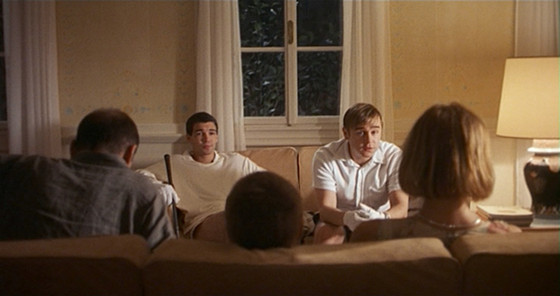
Potentially the most controversial moment in any Gaspar Noe film is the rape scene in Irreversible. It’s one of the most torturous scenes ever filmed; it’s unrelenting and inescapable.
The audience is forced to consume the abuse with no relief as they become a victim in powerlessly observing the violent assault. Influence from one harrowingly memorable scene in Funny Games is on full display, matching the same prolonged static camera and forcing the viewer to inescapably sit in agonising discomfort. The films uses an almost identical technique to offer a uniquely encapsulating feeling of shock and distress.
Michael Haneke’s film is a masterfully innovative piece of art; it transcends typical expectations of the medium and doesn’t feel constrained by any rules. Imagine the opposite of Black Mirrors Bandersnatch: it’s a film where all control is taken away and the audience and characters alike must sit through the sadistic games of a pair of psychopaths. Haneke’s film also alludes to a meta commentary on screen violence: the wonder of its artwork allows it to be equally enjoyed for its ingenious satire or merely as itself, a violent, unrelenting experience of sadism.
Haneke has become renowned for disturbing moments in his own cinema and Funny Games is the epitome of this disturbance. From the psychotic characters to the unadulterated violence, it holds all the repulsion required for the carnival of sensory shock that can be found in a Noe film.
2. Jigoku (Nobuo Nakagawa, 1960)
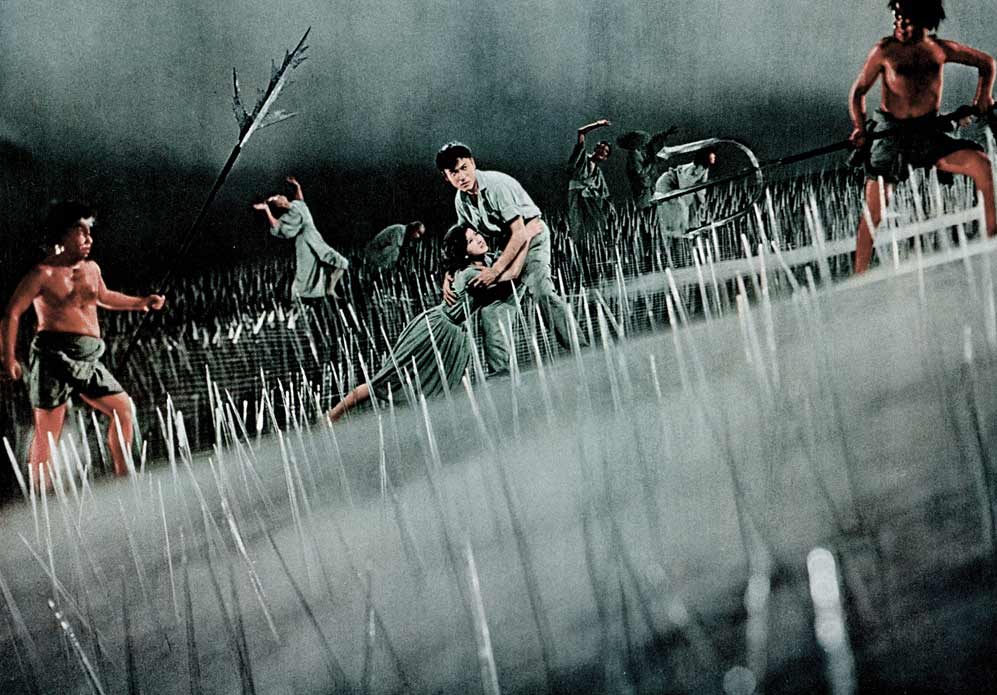
Gaspar Noe has already admitted his love for this film, so, it’s an easy assumption to make that to love Gaspar Noe may leave a sweet spot for Jigoku. It’s a cult classic and one of the most adored and unique pieces in J-Horror history: a genre Gaspar Noe has expressed huge admiration for and cited for its influence on his own work.
The title literally translates to “Hell” and that’s where most of its surreal and abstract imagery takes place. Graphic scenes of individuals being punished for their sins, a man running through hell in search of his baby and an unpalatable plot twist all lead to its certification of being a fine companion to Noe.
There’s an abundance of death, infidelity and horror amidst the bright red pallet that dominates hells flowing rivers of blood. Its colour is reminiscent to the engulfing neon reds of Climax in Gaspar Noes very own hell.
Its abstraction is an intoxicating attack on the eyes of its viewers – it’s a film that lives through magnificent colour and persistently grotesque imagery. The Buddhist afterlife explored in director Nobuo Nakagawa’s surreal tale is enticing for anyone who shares Gaspae Noe’s obsession for death.
3. Angst (Gerald Kargl, 1983)
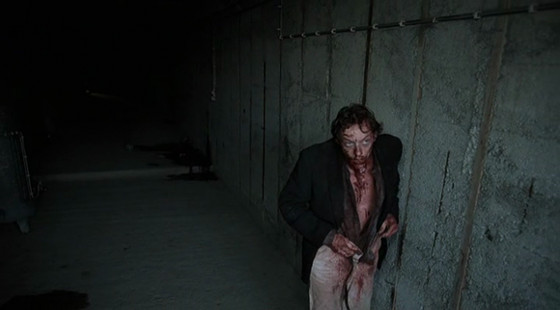
Angst is a lot like Funny Games in many ways. Made 14 years prior to Funny Games, it’s another psychotic home invasion film; replicating the audiences rare alignment with a deranged serial killer. It’s an easy comparison to make to Gaspar Noe and it’s one he’d be proud of – Noe has claimed to be obsessed with Angst and has been noted for appreciating its strong influence on all of his films.
It may be the most influential film on his work. With avant-garde camera work, an inner monologue that influenced the deranged psyche of the butcher in Carne and I Stand Alone and a tunnel sequence that almost certainly led to that Irreversible scene.
The film was banned all over Europe for its extreme violence and has been said to make Henry: Portrait of a Serial Killer, “look tame”. Its aim was to create a real, sensory experience in the mind of a murderer.
It follows its psychopath in a 24-hour period following his release from prison: he’s not a criminal mastermind or even any good at what he does. He’s just deranged, evil and erratic, making the perverse violence all the more disturbing. It’s gritty and horrifyingly real and is a unique journey through an unravelling nightmare.
4. El Topo (Alejandro Jodorowsky, 1970)
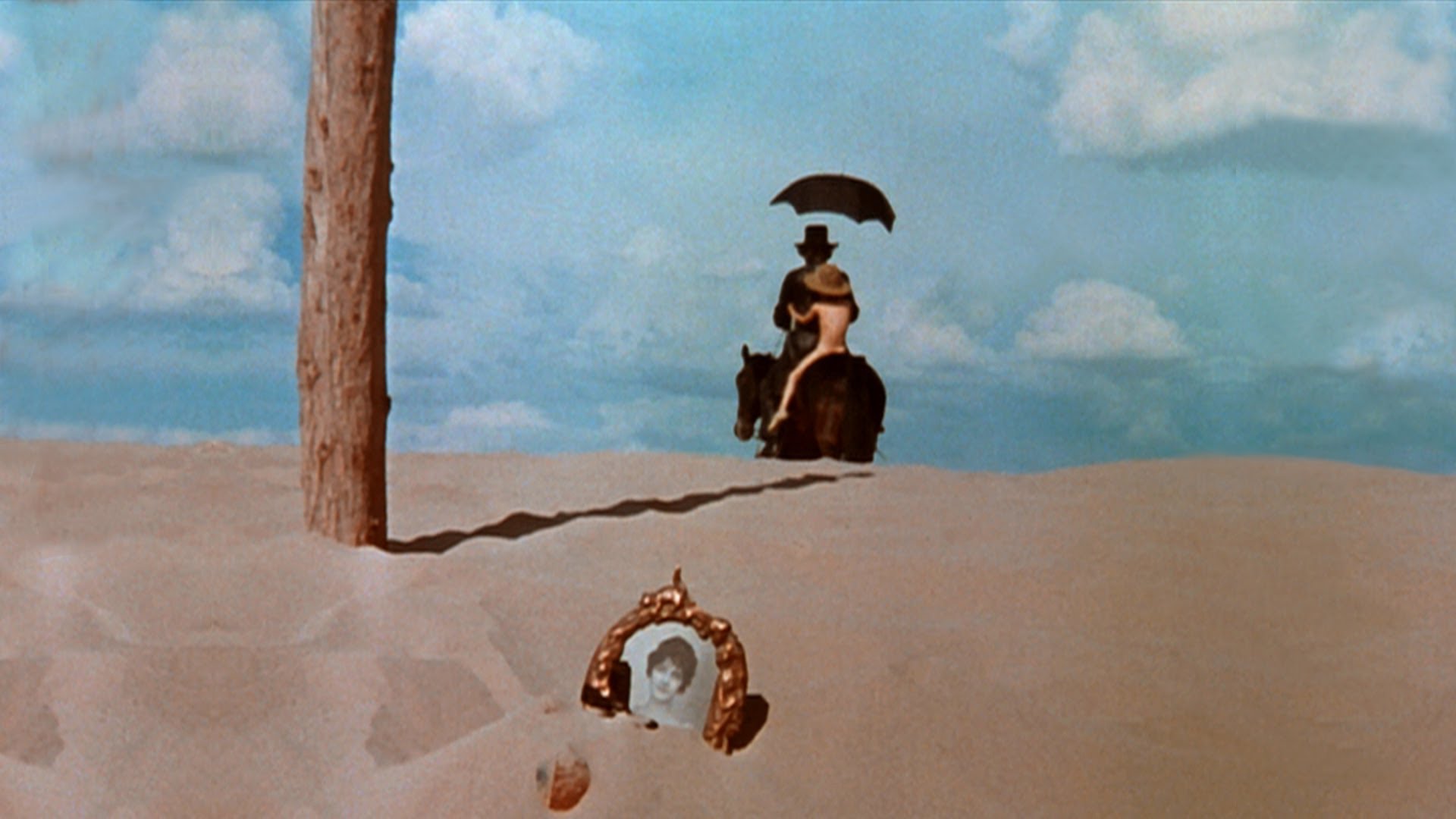
Even if you don’t like Gaspar Noe, you should be watching this. It’s the duty of anyone who likes film. The film was coined with the first reference to the genre of the “Acid Western” and by many is considered the greatest example of Surrealist film since Salvador Dali and Luis Bunuel’s partnership on Un Chien Andalou.
It’s surreal, colourful and bizarre, a trio of components that surely excites any fan of Noe’s. Surrealism in film is vast and extensive, with the likes of Svankmajer and Parajanov masters of the trade. Yet, it’s difficult to find surrealism that holds the affinity with Noe that El Topo does. That’s because El Topo adds the dark, twisted degeneracy that Noe has become so appreciated for.
Uncompromising violence and a perpetual flow of blood, nudity and absurdity pervade the film. The symbolism and mythologies of the film become seemingly indecipherable, but like with all great surrealism, its enjoyment comes from the audiences’ own experience and reading of the text. The carnage of corpses and blood amongst the barren wasteland of El Topo offers a unique cinematic experience and an unforgettable sensorial adventure.
5. Moebius (Kim Ki-duk, 2013)
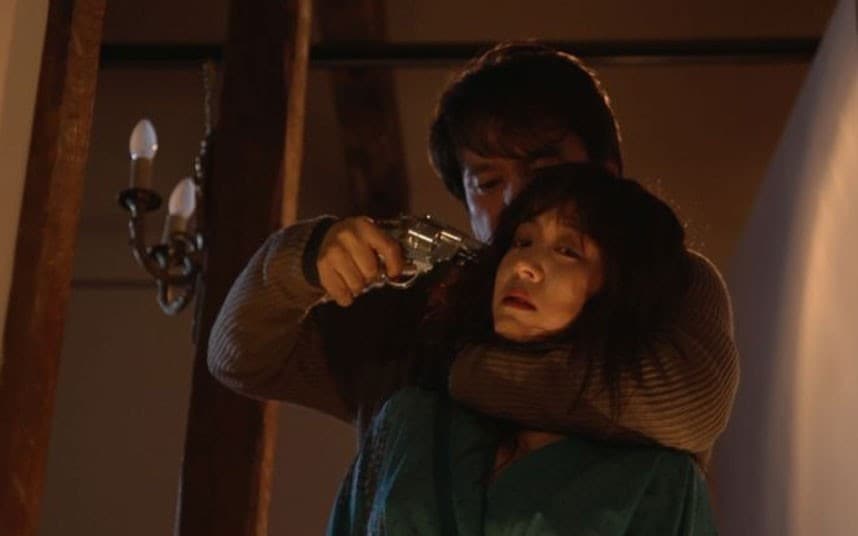
Kim Ki-duk is most prominently known in the West for his tranquil and serene Buddhist parable, Spring, Summer, Autumn, Winter… and Spring. A film which couldn’t be much less like the electrifying and intoxicating cinema of Gaspar Noe. However, to delve deeper into Kim Ki-duk’s works reveals one of the darkest minds in cinema.
Fans of South Korean cinema will know that since the turn of the century it’s gained an infatuation for ultra-violence, with seemingly no subject matter or image off limits. For fans of extreme cinema, South Korea has become a haven.
Whilst Kim Ki-duk’s extreme cinema has not shared the same popularity in the west as the works of directors like Kim Jee-woon and Park Chan-wook have, Kim Ki-duk is certainly worth the time for Gaspar Noe fans: offering potentially the most disturbed films in the whole of South Korean cinema.
Topping the list of his disturbing films: Moebius. Classically with this list, it has been incredibly divisive and has achieved many awful reviews for its shocking imagery. It’s Oedipus Rex on 21st century, hyper violent, South Korean steroids.
Even Freud might not have been immune to the shocking disturbance of its content. The dialogue-free film is as dark and twisted as it gets, with one scene presenting a mother castrating her son and proceeding to eat it. It requires a strong stomach and a love of extremity: a training likely attained through extensive viewing of Gaspar Noes films.